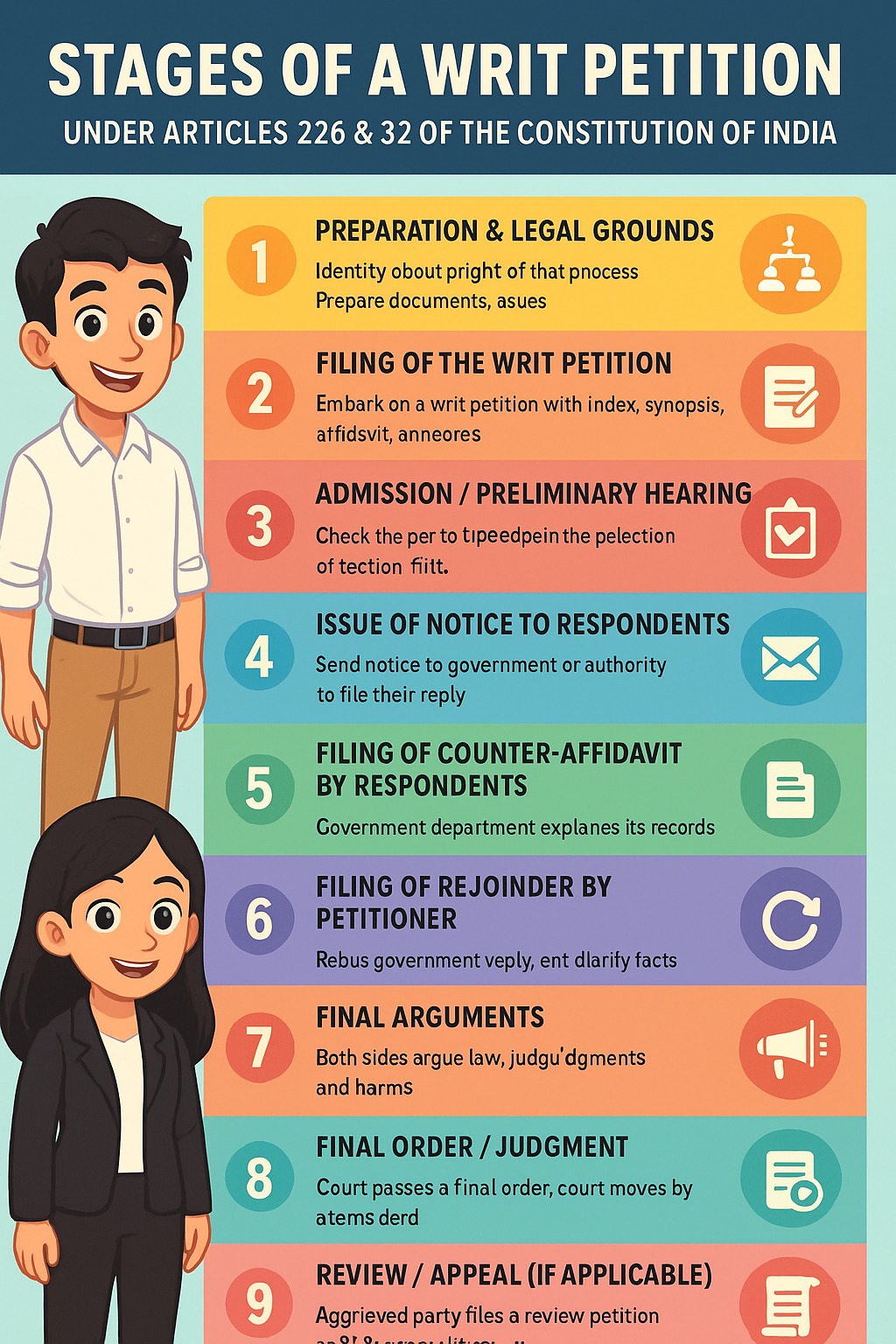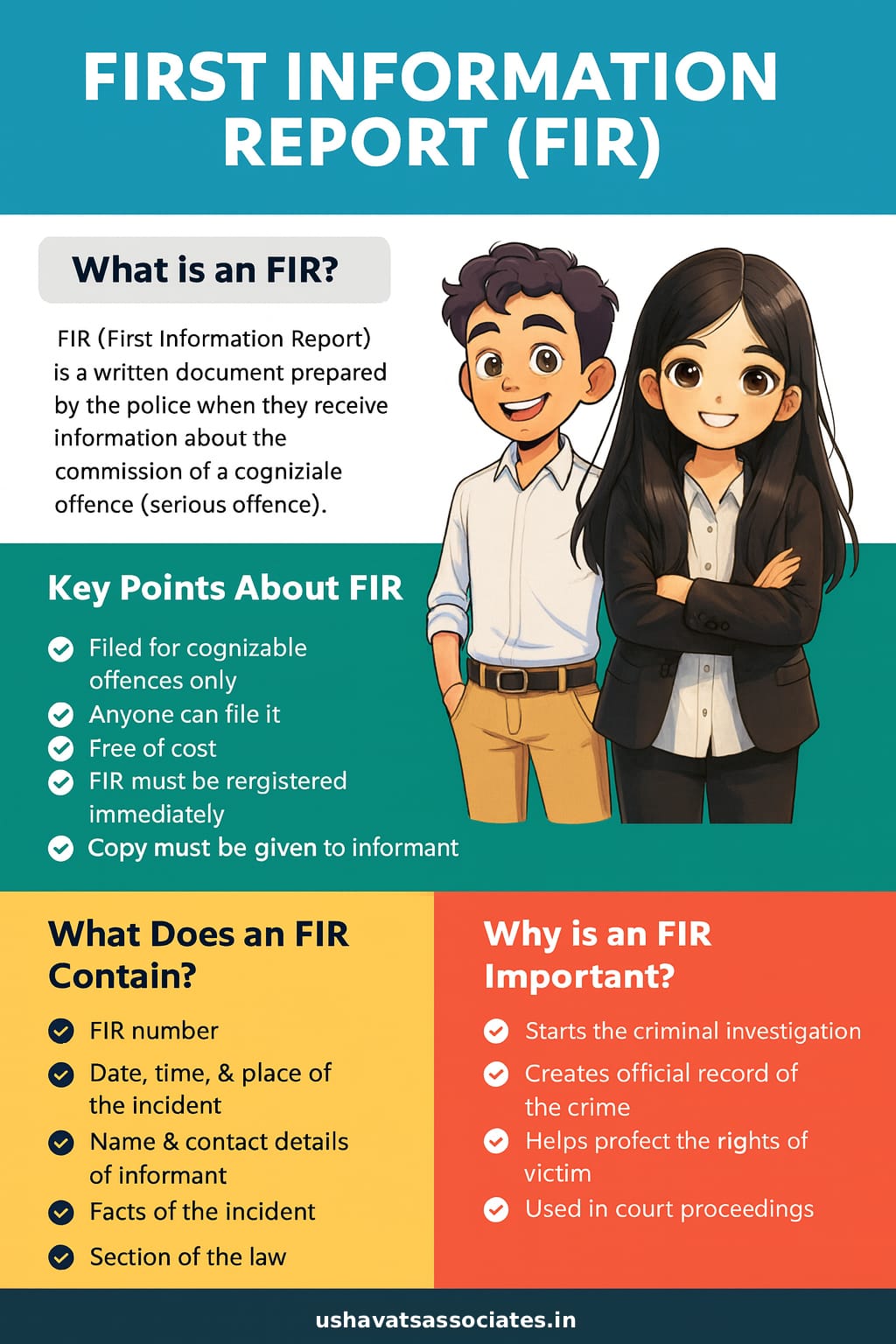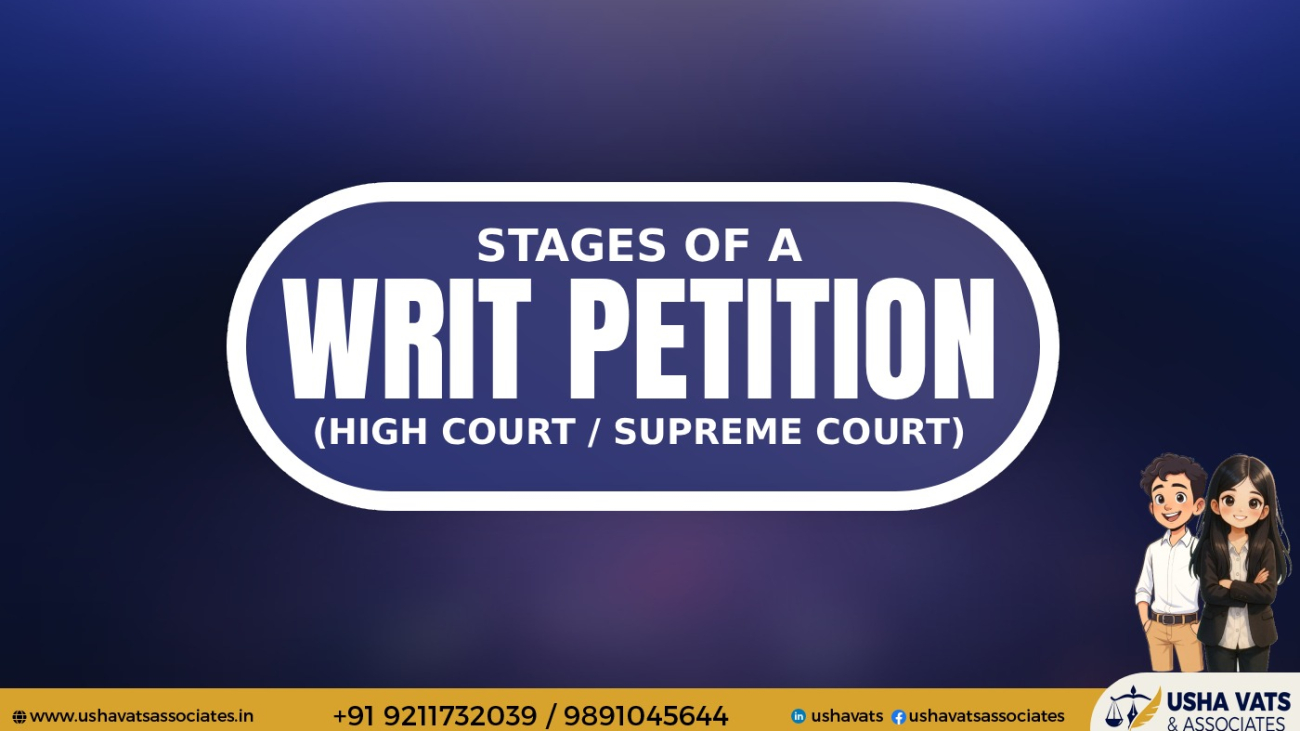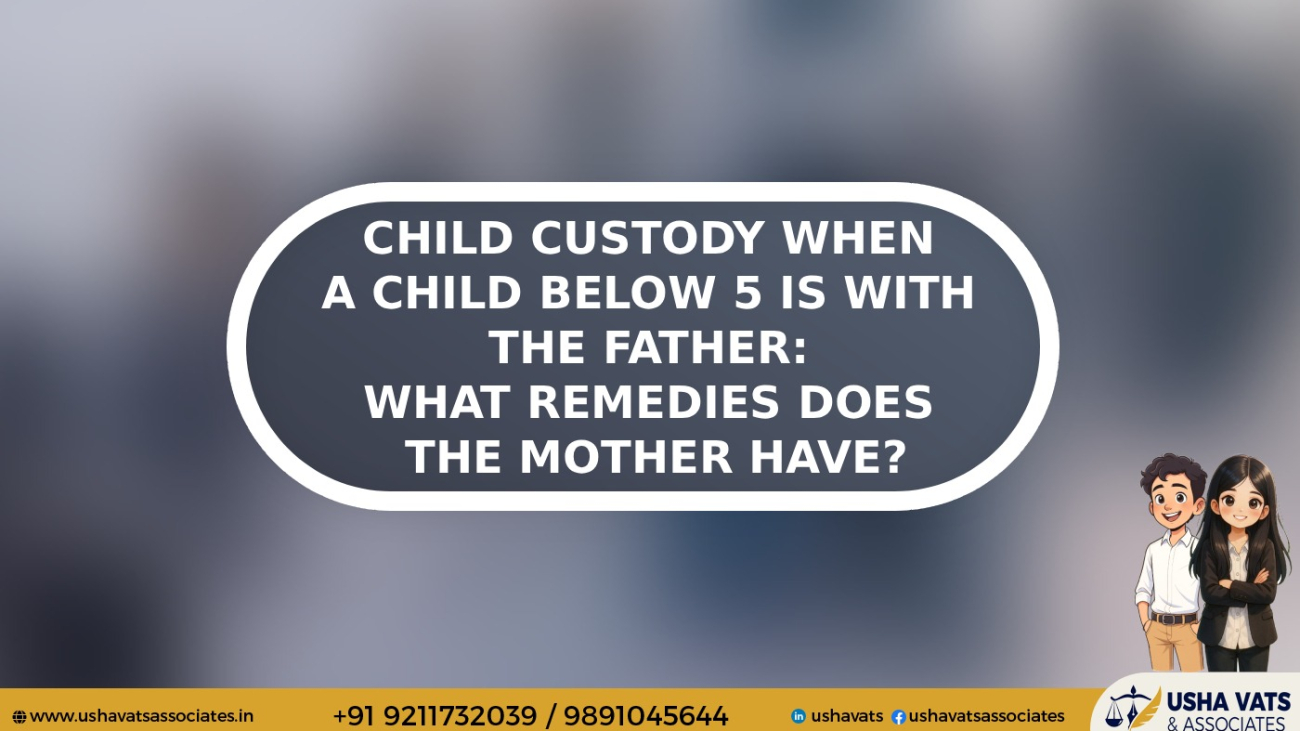(Summary + Examples + Key Judgments)
Under CPC, appeals are of several kinds depending on who is appealing, from which order, and at which stage. Appeals are a statutory right, not automatic — meaning they exist only when provided in CPC.
1. FIRST APPEAL (Section 96 CPC)
✔ What it is
A full appeal on facts + law filed against a decree passed by a trial court.
✔ When filed?
- Against any final decree or preliminary decree
- Appeals allowed even if decree is ex-parte
- Not allowed when decree is passed with consent of parties
✔ Court
Usually from:
- Civil Judge → District Court / High Court
- District Judge → High Court
✔ Example
A suit for partition is dismissed by the Trial Court. The plaintiff files a First Appeal challenging evidence, witnesses, documents, and legal errors.
✔ Important Case Law
Santosh Hazari v. Purushottam Tiwari (2001)
→ First appeal is a valuable right; appellate court must re-appreciate evidence completely.
2. SECOND APPEAL (Section 100 CPC)
✔ What it is
A further appeal ONLY on substantial question of law.
✔ When filed?
Only after:
- Trial Court judgment
- First Appellate Court judgment
Appeal lies to the High Court only.
✔ What is NOT allowed:
- Re-assessment of evidence
- Questions of facts
✔ Example
Two courts hold that a property belongs to X based on evidence. Y files a second appeal alleging:
“Whether unregistered family settlement is admissible?”
→ This is a substantial question of law, so the High Court may admit.
✔ Key Judgment
Kondiba Dagadu v. Savitribai (1999)
→ High Court cannot interfere with concurrent findings of fact unless there is perversity.
3. APPEAL FROM ORDERS (Section 104 & Order 43 CPC)
✔ What it is
Appeal against specific orders listed in CPC.
✔ Example Orders Appealable
- Order returning plaint (Order 7 Rule 10)
- Order granting/refusing temporary injunction (Order 39 Rule 1 & 2)
- Order appointing receiver (Order 40)
- Order rejecting application under Order 9 Rule 13
- Order refusing to set aside sale (Order 21)
✔ Example
Court refuses to grant temporary injunction in a property dispute → party can file Appeal from Order under Order 43 Rule 1(r).
✔ Judgment
Shah Babulal Khimji v. Jayaben (1981)
→ Some interlocutory orders amount to “judgment” and are appealable.
4. APPEALS TO THE SUPREME COURT (Civil Appeals)
Two main types:
A. Appeal by Special Leave (Article 136)
✔ Nature
Discretionary remedy. Not a matter of right.
✔ Example
High Court upholds eviction order. Tenant seeks SLP before Supreme Court for relief.
Key Case
Pritam Singh v. State (1950)
→ SC will interfere only when there is grave injustice or exceptional circumstances.
B. Appeal Under Article 133 (Civil Appeal as a matter of right)
✔ When?
Where a case involves a substantial question of law of general importance and High Court certifies it.
5. LETTERS PATENT APPEAL (LPA)
(Only where High Court’s Letters Patent allows)
✔ What it is
An intra-court appeal:
Single Judge decision → Division Bench of the same High Court.
✔ Not available when:
- Matter decided by a Single Judge in second appeal
- Filing against certain statutory tribunals
✔ Example
Single Judge of High Court dismisses a writ petition. Petitioner files LPA before Division Bench.
6. MISCELLANEOUS APPEALS
Examples include:
A. Appeal under Order 21 (Execution Appeals)
Filed against orders passed in execution proceedings.
B. Appeal in Small Causes
Where the Provincial Small Causes Courts Act applies.
Example
Judgment-debtor challenges an execution order attaching his salary.
7. APPEAL UNDER SECTION 96(4) – EX-PARTE DECREE
A specific appeal against an ex-parte decree.
Example:
Defendant did not get notice and the decree is passed → He can file Appeal or Order 9 Rule 13 application.
8. APPEAL BY INDIGENT PERSON (Order 44 CPC)
If a person cannot pay court fees, they can appeal as an indigent person.
COMPARISON TABLE (Quick Revision)
| Type of Appeal | Lies To | Against | Scope |
|---|---|---|---|
| First Appeal | District Court / High Court | Decree | Facts + Law |
| Second Appeal | High Court | First Appellate Decree | Only Substantial Law |
| Appeal from Orders | District Court / High Court | Specific Orders | Legal Points |
| LPA | Division Bench | Single Judge Order | Facts + Law |
| SLP/SC Appeal | Supreme Court | HC Judgment | Whole matter (discretionary) |
















